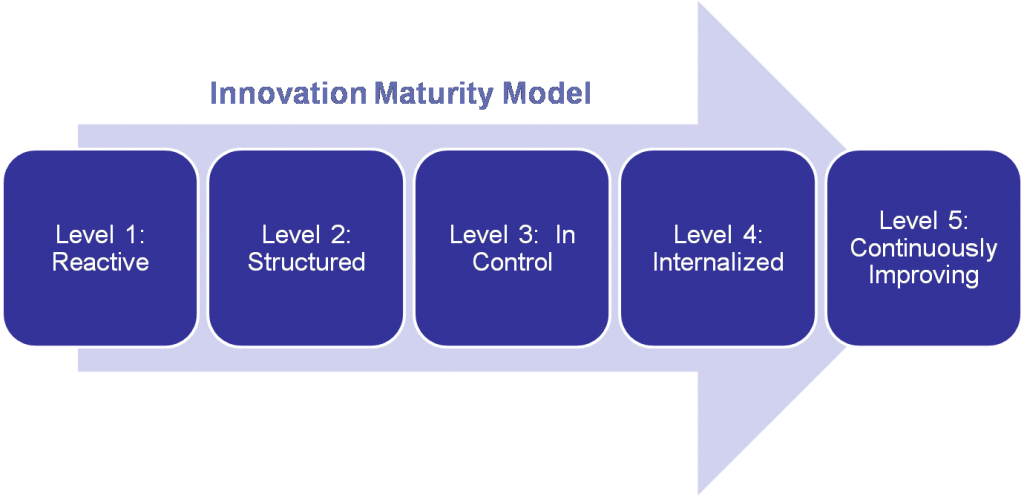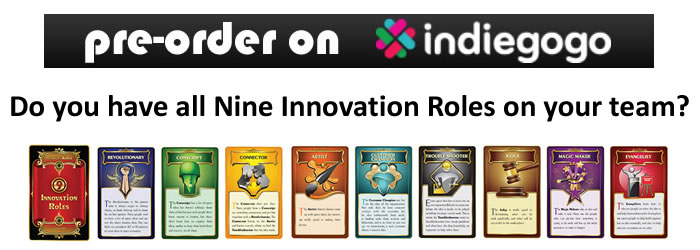It Shifts From One Place to Another
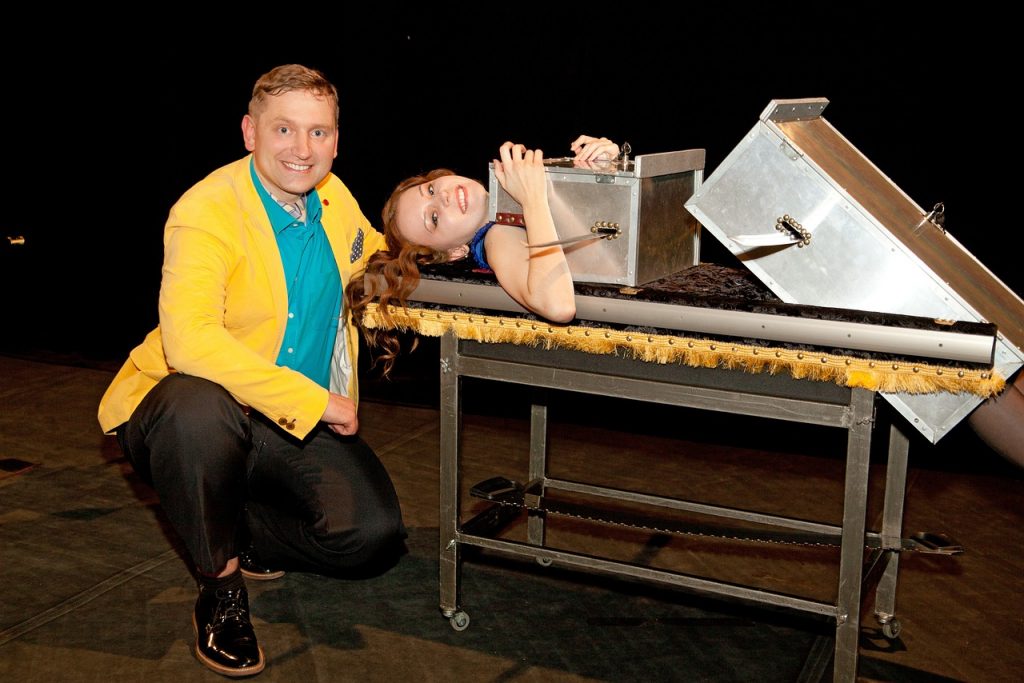
GUEST POST from Greg Satell
A few years ago, I published an article about no-code software platforms, which was very well received. Before long, however, I began to get angry — and sometimes downright nasty — comments from software engineers who were horrified by the notion that you can produce software without actually understanding the code behind it.
Of course, no-code platforms don’t obviate the need for software engineers, but rather automate basic tasks so that amateurs can design applications by themselves. These platforms are, necessarily, limited but can increase productivity dramatically and help line managers customize technology to fit the task at hand.
Similarly, when FORTRAN, the first real computer language, was invented, many who wrote machine code objected, much like the software engineers did to my article. Yet Fortran didn’t destroy computer programming, but democratized and expanded it. The truth is that value never disappears. It just shifts to another place and that’s what we need to learn to focus on.
Why Robots Aren’t Taking Our Jobs
Ever since the financial crisis we’ve been hearing about robots taking our jobs. Yet just the opposite seems to be happening. In fact, we increasingly find ourselves in a labor shortage. Most tellingly, the shortage is especially acute in manufacturing, where automation is most pervasive. So what’s going on?
The fact is that automation doesn’t actually replace jobs, it replaces tasks. To understand how this works, think about the last time you walked into a highly automated Apple store, which actually employs more people than a typical retail location of the same size. They aren’t there to ring up your purchase any faster, but to do all the things that a machine can’t do, like answer your questions and solve your problems.
A few years ago I came across an even more stark example when I asked Vijay Mehta, Chief Innovation Officer for Consumer Information Services at Experian about the effect that shifting to the cloud had on his firm’s business. The first order effect was simple, they needed a lot less technicians to manage its infrastructure and those people could easily be laid off.
Yet they weren’t. Instead Experian shifted a lot of that talent and expertise to focus on creating new services for its customers. One of these, a cloud enabled “data on demand” platform called Ascend has since become one of the $4 billion company’s most profitable products.
Now think of what would have happened if Experian had merely seen cloud technology as an opportunity to cut costs. Sure, it would have fattened its profit margins temporarily, but as its competitors moved to the cloud that advantage would have soon been eroded and, without new products its business would soon decline.
The Outsourcing Dilemma
Another source of disruption in the job market has been outsourcing. While no one seemed to notice when large multinational corporations were outsourcing blue-collar jobs to low cost countries, now so-called “gig economy” sites like Upwork and Fiverr are doing the same thing for white collar professionals like graphic designers and web developers.
So you would expect to see a high degree of unemployment for those job categories, right? Actually no. The Bureau of Labor Statistics expects demand for graphic designers to increase 4% by 2026 and web developers to increase 15%. The site Mashable recently named web development as one of 8 skills you need to get hired in today’s economy.
It’s not hard to see why. While it is true that a skilled professional in a low-cost country can do small projects of the same caliber as those in high cost countries, those tasks do not constitute a whole job. For large, important projects, professionals must collaborate closely to solve complex problems. It’s hard to do that through text messages on a website.
So while it’s true that many tasks are being outsourced, the number of jobs has actually increased. Just like with automation, outsourcing doesn’t make value disappear, but shifts it somewhere else.
The Social Impact
None of this is to say that the effects of technology and globalization hasn’t been real. While it’s fine to speak analytically about value shifting here and there, if a task that you spent years to learn to do well becomes devalued, you take it hard. Economists have also found evidence that disruptions in the job market have contributed to political polarization.
The most obvious thing to do is retrain workers that have been displaced, but it turns out that’s not so simple. In Janesville, a book which chronicles a small town’s struggle to recover from the closing of a GM plant, author Amy Goldstein found that the workers that sought retraining actually did worse than those that didn’t.
When someone loses their job, they don’t need training. They need another job and removing yourself from the job market to take training courses can have serious costs. Work relationships begin to decay and there is no guarantee that the new skills you learn will be in any more demand than the old ones you already had.
In fact, Peter Capelli at the Wharton School argues that the entire notion of a skills gap in America is largely a myth. One reason that there is such a mismatch between the rhetoric about skills and the data is that the most effective training often comes on the job from an employer. It is augmenting skills, not replacing them that creates value.
At the same time, increased complexity in the economy is making collaboration more important, so often the most important skills workers need to learn are soft skills, like writing, listening and being a better team player.
You Can’t Compete With A Robot By Acting Like One
The future is always hard to predict. While it was easy to see that Amazon posed a real problem for large chain bookstores like Barnes & Noble and Borders, it was much less obvious that small independent bookstores would thrive. In much the same way, few saw that ten years after the launch of the Kindle that paper books would surge amid a decline in e-books.
The one overriding trend over the past 50 years or so is that the future is always more human. In Dan Schawbel’s recent book, Back to Human, the author finds that the antidote for our overly automated age is deeper personal relationships. Things like trust, empathy and caring can’t be automated or outsourced.
There are some things a machine will never do. It will never strike out in a little league game, have its heart broken or see its child born. That makes it hard — impossible really — for a machine ever to work effectively with humans as a real person would. The work of humans is increasingly to work with other humans to design work for machines.
That why perhaps the biggest shift in value is from cognitive to social skills. The high paying jobs today have less to do with the ability to retain facts or manipulate numbers (we now use a computer for those things), but require more deep collaboration, teamwork and emotional intelligence.
So while even the most technically inept line manager can now easily produce an application that it would have once required a highly skilled software engineer, to design the next generation of technology, we need engineers and line managers to work more closely together.
— Article courtesy of the Digital Tonto blog and previously appeared on Inc.com
— Image credits: Pixabay
![]() Sign up here to join 17,000+ leaders getting Human-Centered Change & Innovation Weekly delivered to their inbox every week.
Sign up here to join 17,000+ leaders getting Human-Centered Change & Innovation Weekly delivered to their inbox every week.

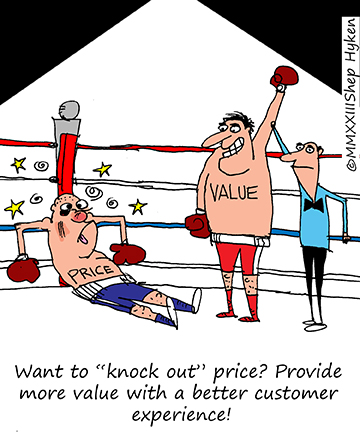
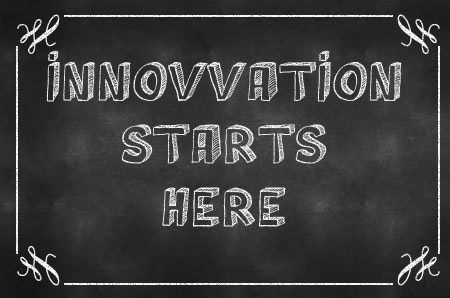
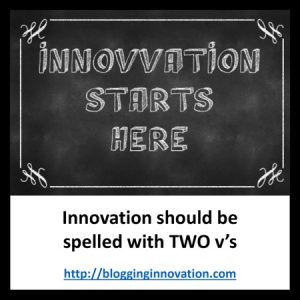

 What does resonance mean to you?
What does resonance mean to you? Achieving innovation resonance is about going from 1+1=2 to a state where 1+1+1+1=7, where the sum of the valuable parts in some new potential innovation suddenly becomes greater than the individual components and value may be created that you might not have even anticipated. When you reach this state of innovation nirvana, the power of resonance pushes your invention over the line from invention to innovation, and adoption becomes widespread. People start talking about, spreading it like a virus, and ultimately supplementing your marketing efforts in much more effective ways.
Achieving innovation resonance is about going from 1+1=2 to a state where 1+1+1+1=7, where the sum of the valuable parts in some new potential innovation suddenly becomes greater than the individual components and value may be created that you might not have even anticipated. When you reach this state of innovation nirvana, the power of resonance pushes your invention over the line from invention to innovation, and adoption becomes widespread. People start talking about, spreading it like a virus, and ultimately supplementing your marketing efforts in much more effective ways.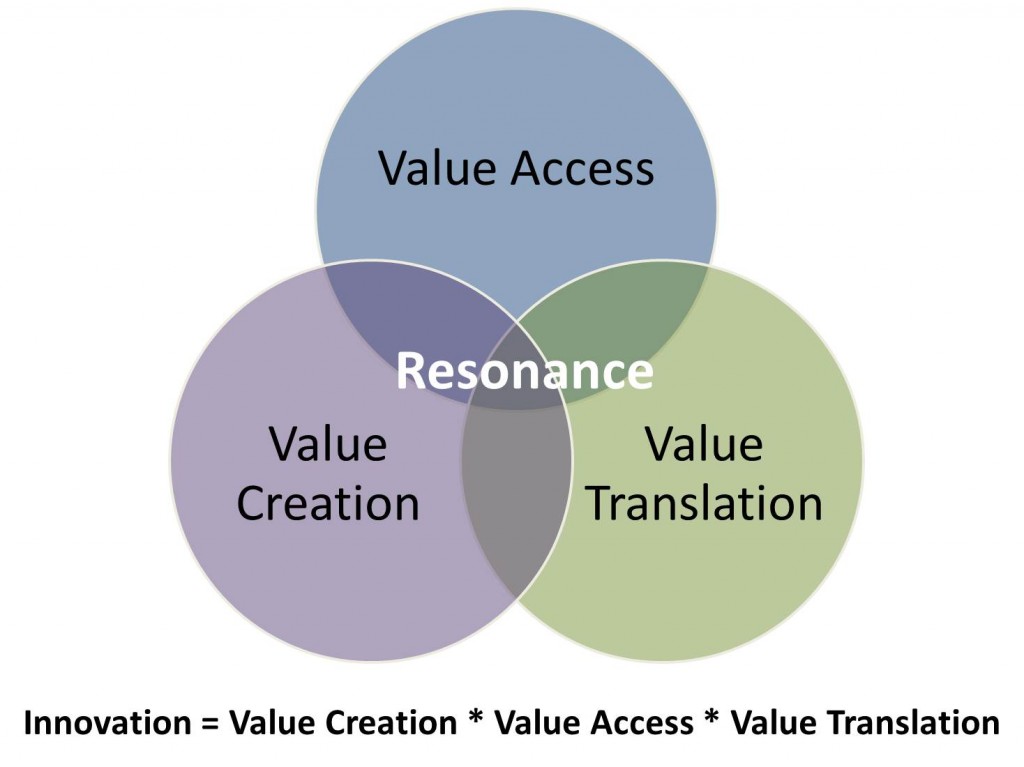
 One of those most fun, visually appealing vehicles on the road has to be BMW’s re-release of the Mini. I don’t have one, have only ridden in one once, but whenever I see one driving around, it makes me smile. And if you have any question about whether or not the Mini has achieved a level of resonance (at least in the USA and probably elsewhere), then how would you explain the photo of the Mini on the left that shows you can buy a Mini to drive Ken and Barbie around in? Can you buy a convertible Chrysler LeBaron for Barbie to drive around in? No, but you can buy a Fiat 500, another car achieving resonance here in the USA.
One of those most fun, visually appealing vehicles on the road has to be BMW’s re-release of the Mini. I don’t have one, have only ridden in one once, but whenever I see one driving around, it makes me smile. And if you have any question about whether or not the Mini has achieved a level of resonance (at least in the USA and probably elsewhere), then how would you explain the photo of the Mini on the left that shows you can buy a Mini to drive Ken and Barbie around in? Can you buy a convertible Chrysler LeBaron for Barbie to drive around in? No, but you can buy a Fiat 500, another car achieving resonance here in the USA. The iPod Nano is a great example of the rise and fall of innovation resonance. The iPod took three years to take off (right about the time the iPod Nano was released). The trigger for innovation resonance was the Windows version of iTunes (Value Creation), combined with the launch of Apple Retail Stores (Value Access), combined with the iconic advertising campaigns (Value Translation). The iPod became a phenomenon with sales peaking in 2008 right after the iPhone release. Sales have been falling since then, but during this decline came the September 2010 release of the 6th Generation iPod Nano – which resonates to this day – so much so that Apple replaced the design six months ago to protect the market for their upcoming iWatch.
The iPod Nano is a great example of the rise and fall of innovation resonance. The iPod took three years to take off (right about the time the iPod Nano was released). The trigger for innovation resonance was the Windows version of iTunes (Value Creation), combined with the launch of Apple Retail Stores (Value Access), combined with the iconic advertising campaigns (Value Translation). The iPod became a phenomenon with sales peaking in 2008 right after the iPhone release. Sales have been falling since then, but during this decline came the September 2010 release of the 6th Generation iPod Nano – which resonates to this day – so much so that Apple replaced the design six months ago to protect the market for their upcoming iWatch.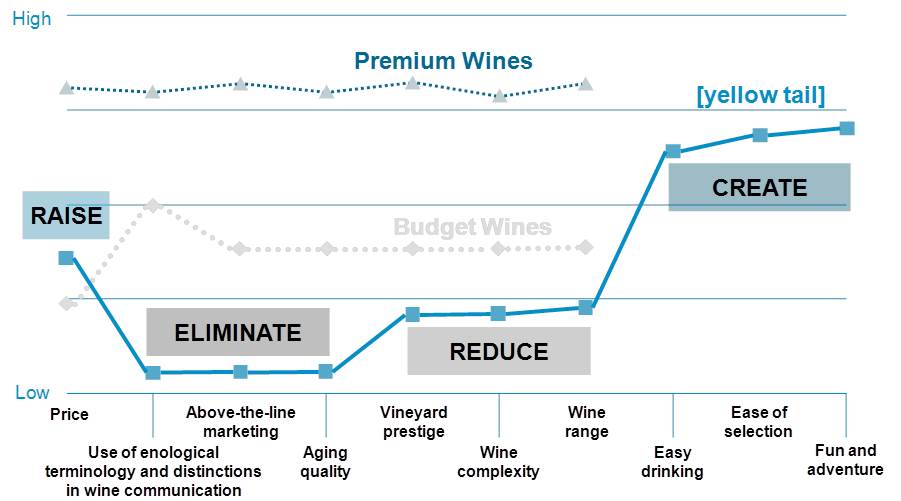
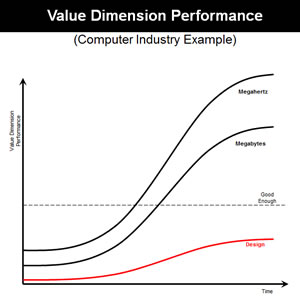
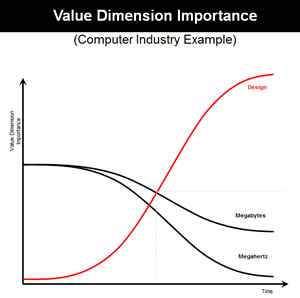
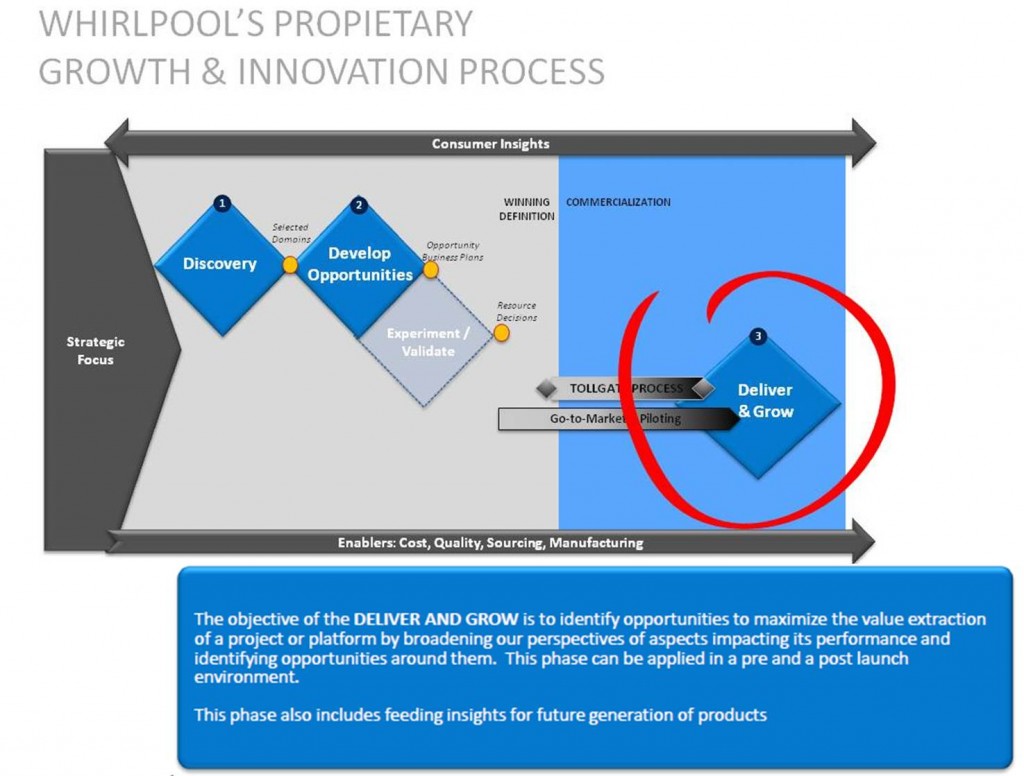

 Too often we all run around trying to pluck a gamechanging idea out of thin air that nobody has ever seen, solving a problem that has never been solved, when really if the truth be told, there are still lots of existing problems with lots of solutions that are still waiting for a simple, elegant solution.
Too often we all run around trying to pluck a gamechanging idea out of thin air that nobody has ever seen, solving a problem that has never been solved, when really if the truth be told, there are still lots of existing problems with lots of solutions that are still waiting for a simple, elegant solution.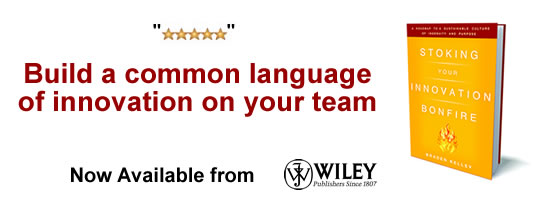
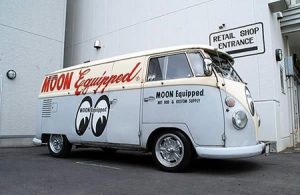 I’d like to start today with a quote from a
I’d like to start today with a quote from a 
 You know how sometimes when you order a product you get this inch-thick instruction manual that you never read, but also how there is sometimes a QuickStart Guide of 5-10 simple steps to get you up and running quickly?
You know how sometimes when you order a product you get this inch-thick instruction manual that you never read, but also how there is sometimes a QuickStart Guide of 5-10 simple steps to get you up and running quickly?